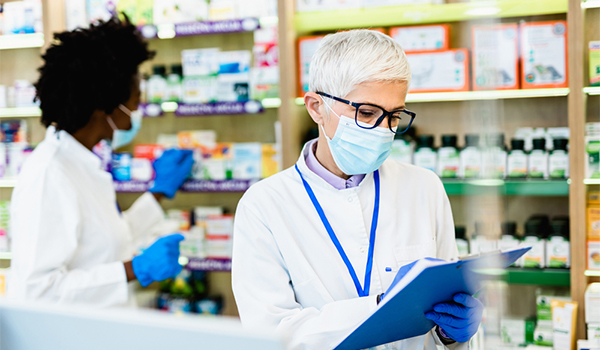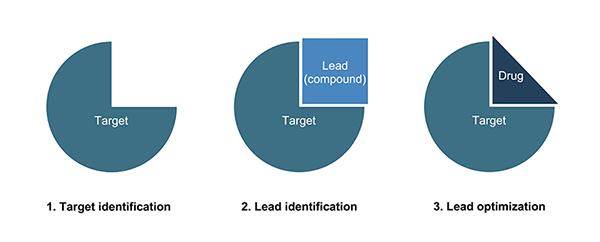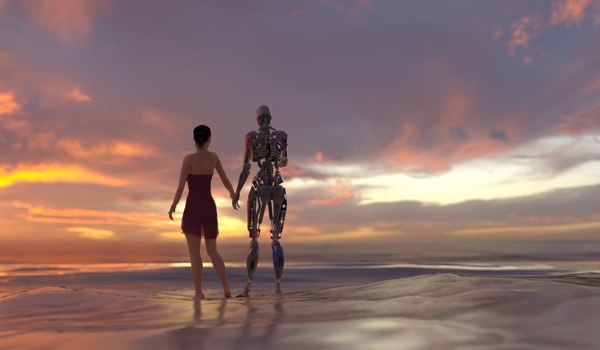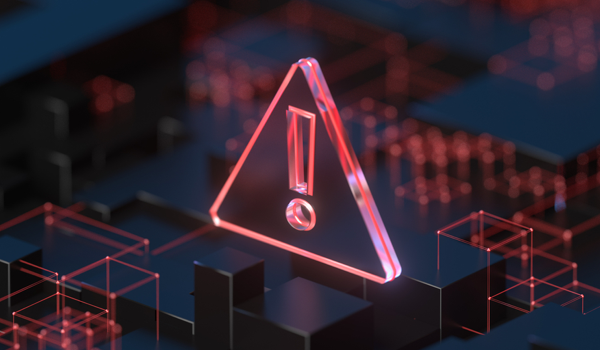


BERLIN - As our world undergoes deep transformations such as globalization, climate change and loss of biodiversity, the global disease landscape is becoming more and more complex. The pharma industry faces extreme pressure when it comes to drug discovery and development for new or rare diseases. However, new computational techniques can help the industry to step up to the challenge. In this article, we will see how artificial intelligence (AI) and machine learning (ML) can be applied for a more efficient, flexible drug discovery process.
Bumpy Road to Traditional Drug Development
Drug discovery is the first step in the drug development process. The following chart describes the drug discovery process in three simple steps:

Figure 1: The steps of the drug discovery process
Let's look at each of these steps:
1. Target identification: here, the researcher identifies molecules (often proteins) that cause a disease. These molecules become the target or intended "destination" of the treatment.
2. Identification of compounds / leads: in this step, the researcher identifies chemicals that can treat the disease. In the raw form, these chemicals often exhibit undesirable properties, for instance a high degree of toxicity.
3. Optimization of compounds / leads into drugs: during this step, the chemicals identified previously are optimized to show a high efficiency. Undesirable properties like toxicity and side effects are minimized. The output of this step is the final drug.
Sounds simple, right? Well, in reality, discovering and developing a new drug
The content herein is subject to copyright by The Yuan. All rights reserved. The content of the services is owned or licensed to The Yuan. Such content from The Yuan may be shared and reprinted but must clearly identify The Yuan as its original source. Content from a third-party copyright holder identified in the copyright notice contained in such third party’s content appearing in The Yuan must likewise be clearly labeled as such. Continue with Linkedin
Continue with Linkedin
 Continue with Google
Continue with Google









 5376 views
5376 views








